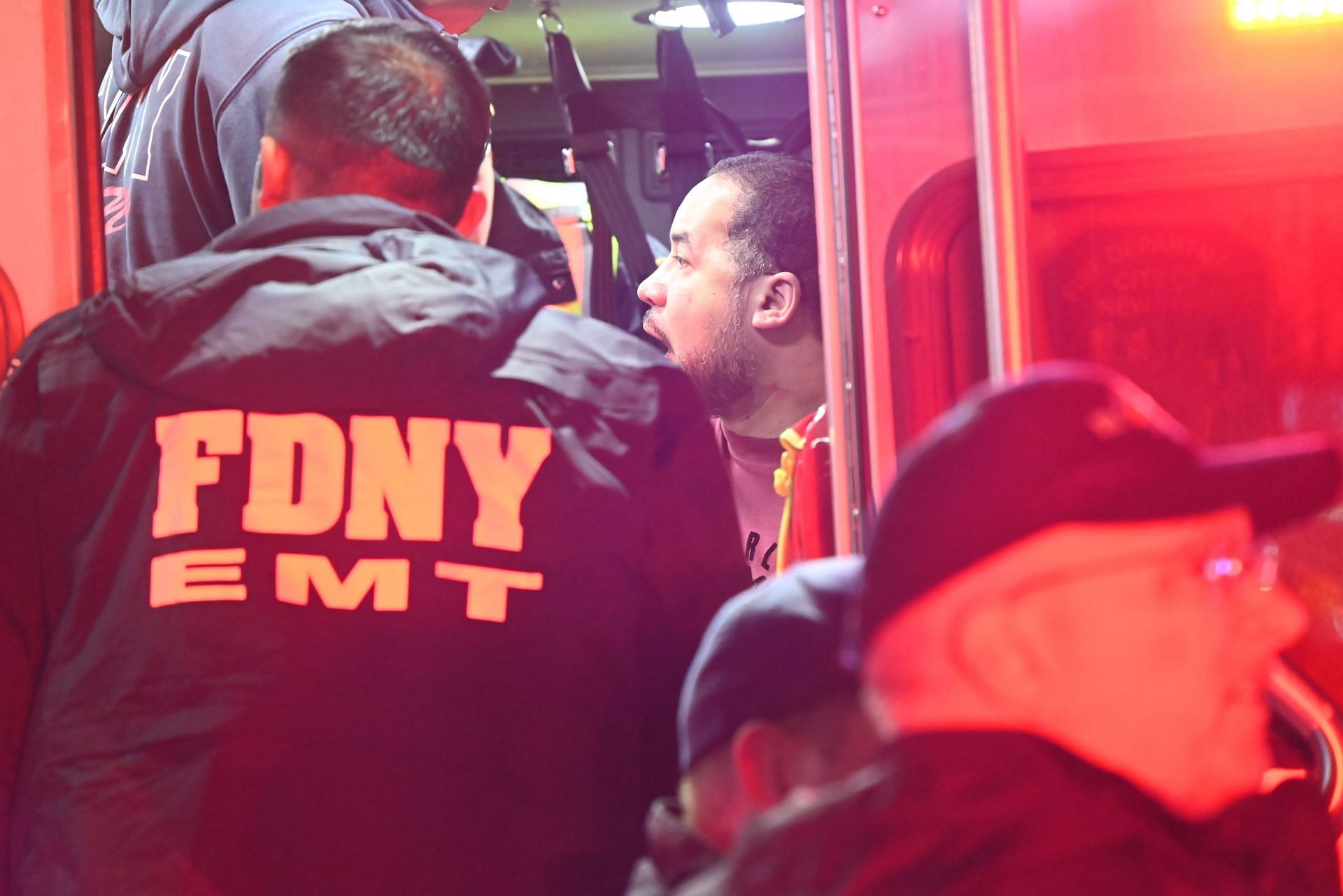Where is Aljulah Cutts now? Details explored ahead of New York Homicide on Oxygen

Aljulah Cutts was convicted of the 2009 murder of 90-year-old Holocaust survivor Felix Brinkmann in his Upper East Side apartment. Brinkmann, who had survived three Nazi concentration camps, was found beaten and bound, with multiple broken ribs and head injuries that led to brain hemorrhage.
According to NBC New York (August 7, 2009), Cutts, along with his brother Hasib and Angela Murray, entered Brinkmann’s apartment under false pretenses, tied him up, and ransacked the space in search of valuables. As reported by The New York Post (June 21, 2012), despite the assault, Brinkmann refused to reveal the combination to his safes.
In 2012, Cutts was sentenced to 25 years to life in prison, with a recommendation to serve 45 years before parole, as reported by Oxygen on January 31, 2025. As of 2025, Aljulah Cutts remains incarcerated at Sing Sing Correctional Facility in New York. The case is featured in New York Homicide season 3 episode 4, titled Death After Disco, which details the attack and the investigation that followed.
Aljulah Cutts was sentenced to 25 years to life in prison in 2012, with a recommendation to serve 45 years before parole
Aljulah Cutts is currently incarcerated at Sing Sing Correctional Facility in New York, according to the Department of Corrections and Community Supervision Incarcerated Lookup. He was convicted of first-degree murder, second-degree murder, and first-degree robbery for his role in the killing of Felix Brinkmann.
Cutts was sentenced to 25 years to life in prison in 2012, with a recommendation that he serve 45 years before being considered for parole. His earliest possible release date is July 30, 2034, and his first parole interview is scheduled for March 2034.
Brinkmann was found murdered in his Upper East Side apartment on July 30, 2009. The attack was carried out by Aljulah Cutts, his brother Hasib Cutts, and their associate Angela Murray. According to The New York Post (June 21, 2012), the group beat and bound Brinkmann, demanding the combination to his safes.
Brinkmann, who had survived three Nazi concentration camps, refused to comply despite being brutally assaulted. The attackers ultimately stole a safe containing tax records but mistakenly left behind another safe with thousands of dollars in cash.
Investigators linked Aljulah Cutts to the crime through phone records and surveillance footage. As reported by NBC New York (August 7, 2009), the group used Brinkmann’s credit cards and abandoned his car in the Bronx. Witnesses also observed them transferring a safe into a van. Murray was the first to be arrested, and she later identified the Cutts brothers as her accomplices.
Following their arrests, Aljulah and Hasib pleaded not guilty. However, in 2012, a jury found Aljulah Cutts guilty of all charges, while Hasib Cutts and Angela Murray later pleaded guilty. Hasib was sentenced to 15 years for robbery, and Murray received 16 years to life for her role in the murder, as per Oxygen.
How authorities connected Aljulah Cutts to the murder
Detectives built their case using a combination of witness statements, surveillance footage, and phone records. Fox News (August 7, 2009) detailed how a doorman at Brinkmann’s building recalled seeing a woman named “Mary” (later identified as Angela Murray) visit the victim with a male accomplice. She called Brinkmann from her cell phone before being allowed inside. Later that night, witnesses saw them leaving with a hand truck carrying what appeared to be a TV.
Brinkmann’s credit card activity led investigators to a drugstore, where security footage showed two men using his cards. Further phone records placed Aljulah Cutts at the scene, linking him directly to the crime. Police tracked him down using cell site location information (CSLI), which showed his movements around the time of the murder. Casetexts.com (January 25, 2021) documented how a court order authorized law enforcement to obtain CSLI data, which ultimately led to his arrest.
When confronted with the evidence, Aljulah Cutts initially denied involvement. However, during interrogation, he made statements implicating himself, particularly after being informed that the doorman could identify him. The New York Post (June 21, 2012) quoted Manhattan Supreme Court Justice Juan Merchan, who stated that Cutts “thought [Brinkmann] would roll over” but failed to recognize the victim’s strength and resolve.
“You thought he would roll over,.....Instead, he summoned the stamina and the courage he had gained from his time in the concentration camps,” Merchan told Cutts.
Legal challenges and sentencing of Aljulah Cutts
Following his conviction, Aljulah Cutts pursued multiple legal appeals. He argued that police had improperly obtained CSLI data without a warrant and that his legal counsel was ineffective for failing to challenge this. However, his appeals were denied, as the CSLI was obtained under legal precedent at the time, and there was overwhelming evidence of his guilt aside from the phone data, as per Casetexts.com.
During sentencing, Justice Merchan emphasized the brutality of the crime and noted that Brinkmann’s resilience, shaped by his survival in the Holocaust, made him a formidable victim. Prosecutors described the murder as “incredibly brutal and heinous,” as per The New York Post.
Also read: 5 key details about Felix Brinkmann's murder
Stay tuned for more updates.




